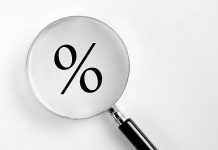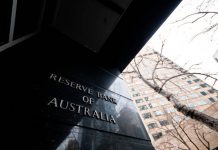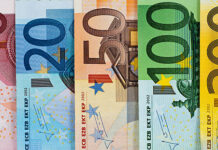Personal income grew 0.4% month-on-month (m/m) in May, just above market expectations (0.3%). This marked a slight acceleration from the prior month’s downwardly revised gain of 0.3% (previously 0.4%). Gains were led by compensation to employees, which rose 0.5% in May – up from 0.4% in April.
Accounting for inflation and taxes, real personal disposable income rose 0.3% m/m, accelerating from a -0.1% decline the previous month.
Personal consumption expenditures rose 0.1% m/m, a marked deceleration from the 0.6% gain in April (revised lower from 0.8%). May’s reading came in just below market expectations for 0.2% growth.
- Expenditures on services decelerated to 0.4% m/m (from a downwardly revised 0.5% in April). Spending on healthcare was the primary contributor to movements in the services category.
- There was a marked decline in goods spending. Goods spending fell by 0.5% m/m, a big step down from the 0.9% growth posted in April. There was a decline in spending on both durables (-0.9%) and non-durables (-0.3%).
Adjusting for inflation, real spending was flat on the month, coming in just below the consensus estimate for a 0.1% gain. In real terms, goods spending was down -0.4% m/m, while services were up 0.2%.
The personal consumption expenditure (PCE) price deflator rose 0.1% m/m, and 3.8% on a year-on-year (y/y) basis – right in line with market consensus forecast and below April’s reading (4.3% y/y).
The core PCE price deflator (which excludes food and energy and is the Fed’s preferred measure of inflation) rose 0.3% m/m, again in line with the consensus forecast and below April’s reading (0.4%). On an annual basis, core PCE inflation decelerated to 4.6% y/y from 4.7% y/y the month prior. The measure has not gone below 4.6% over the last six months.
The personal saving rate was 4.6% in May, which was 0.3%-pts above the upwardly revised 4.3% reading in April.
Key Implications
Consumers continue to be a pillar of support for the US economy. Nevertheless, they are coming under increasing pressures, with high prices, tightening credit and other indicators pointing to a slowdown on the way. With data in for the first two months of the quarter, growth of real consumption expenditure is expected to decelerate from an upwardly revised 4.2% (annualized) in 2023 Q1 to about 1.3% in Q2.
The stickiness of core PCE inflation continues to be the proverbial bee in the bonnet of policymakers at the Fed. Given that lingering worries around the recent regional banking crisis have largely abated, and the debt ceiling question has been settled for now, the Fed has a clearer path for setting policy at their July meeting. Despite keeping rates steady at the June meeting, it has clearly signaled its willingness to increase rates further, should inflation remain persistently above target. Today’s print has done very little to weaken that resolve. In fact, the market continues to expect that the Fed will raise rates by 25bps at their next meeting. If they do, it would take the policy rate to a 22-year high – the last time the rate was at 5.5% was in January 2001.














